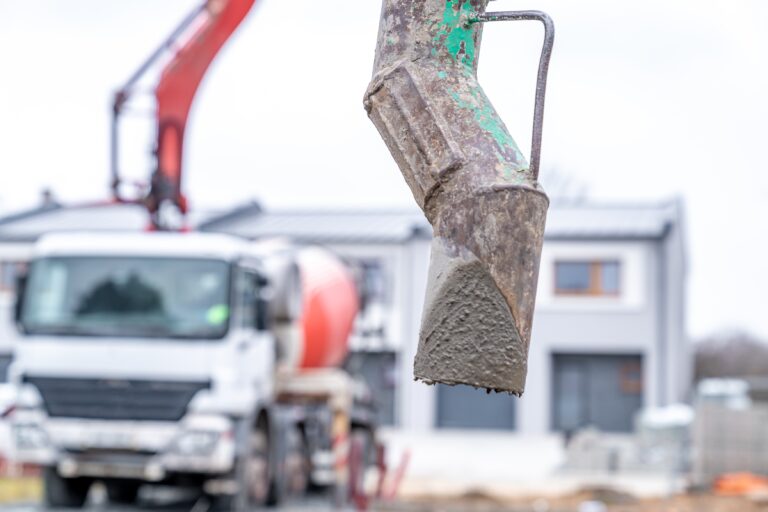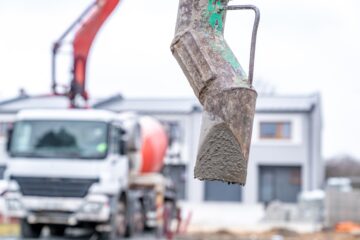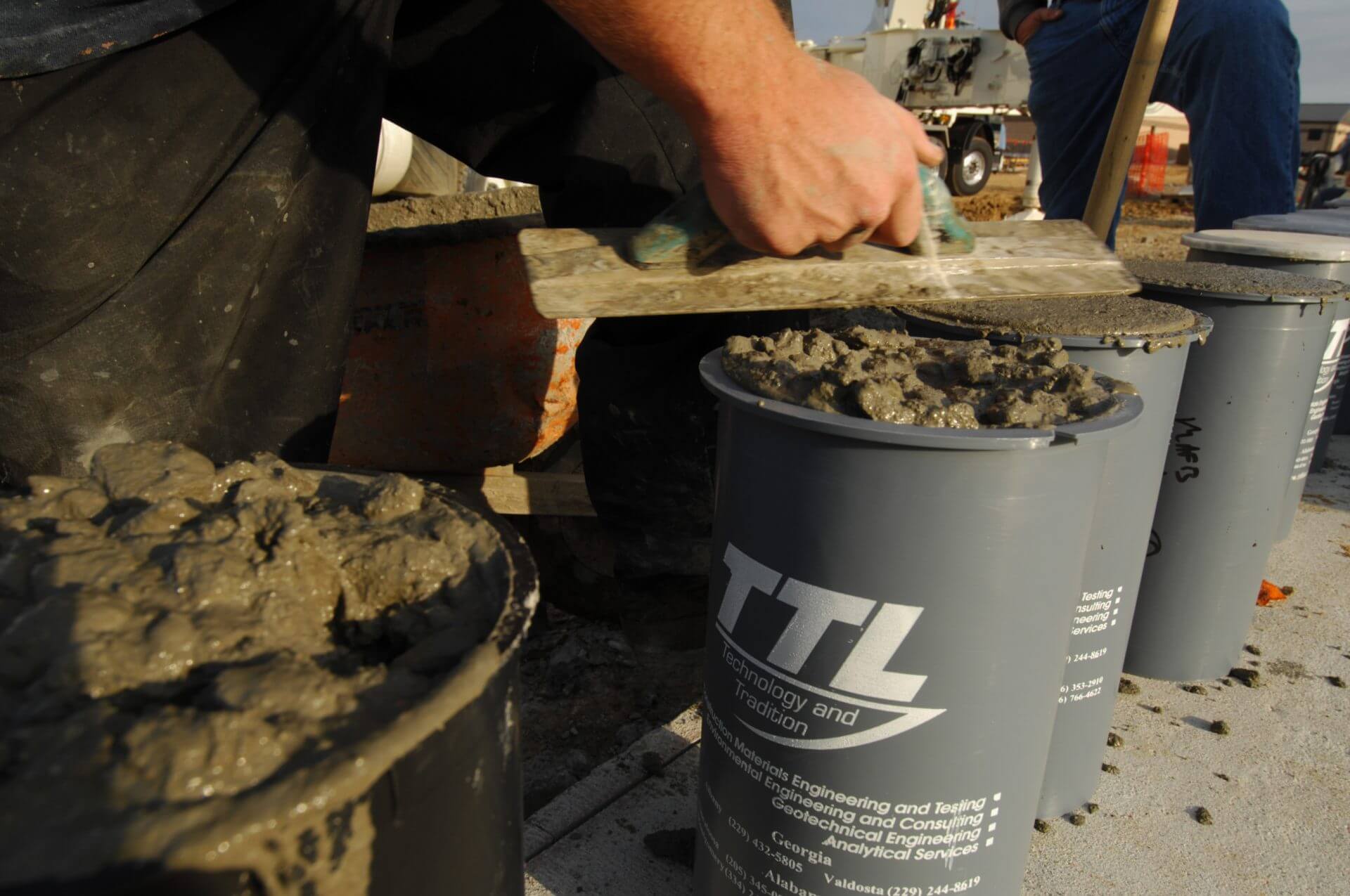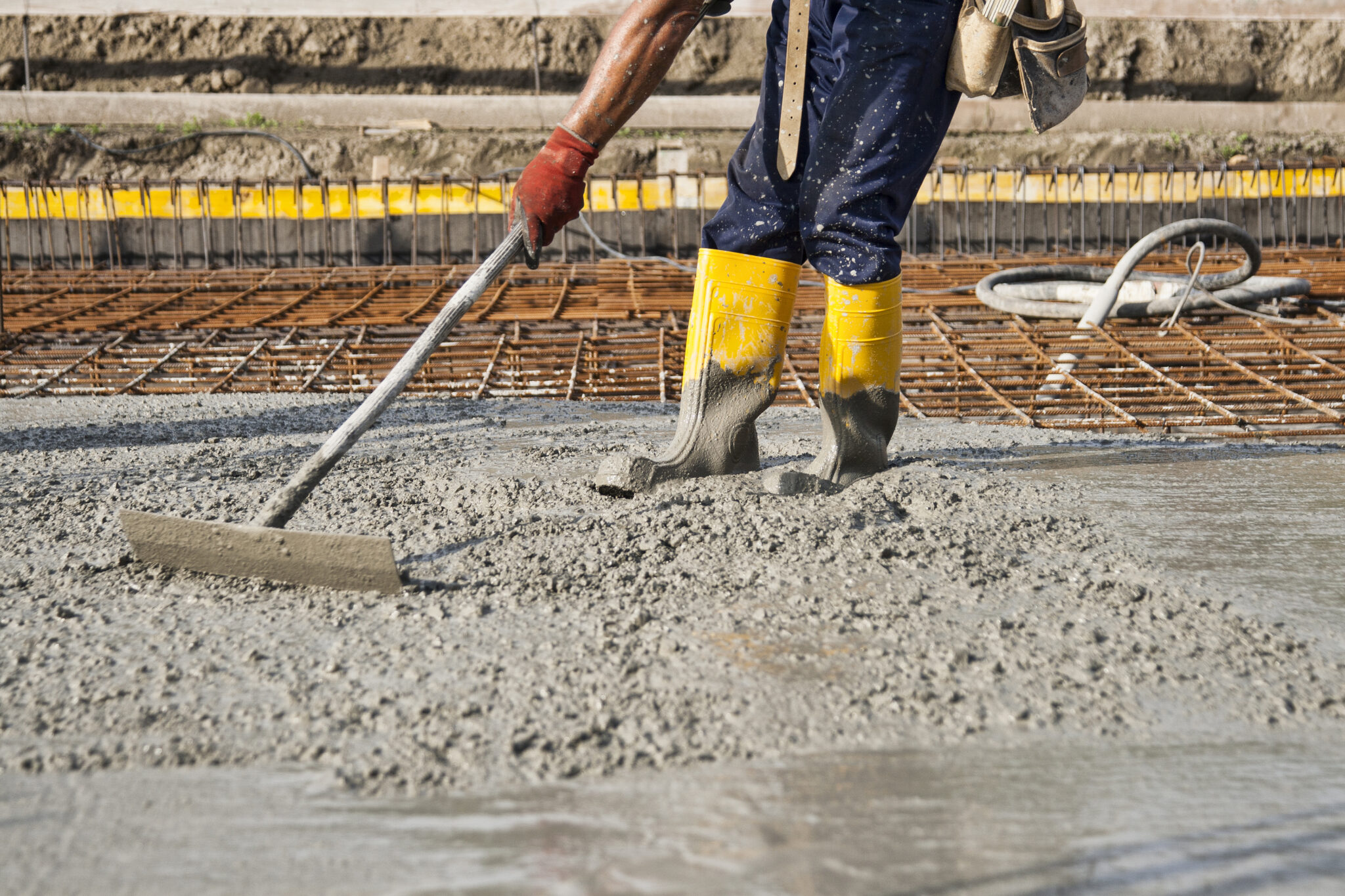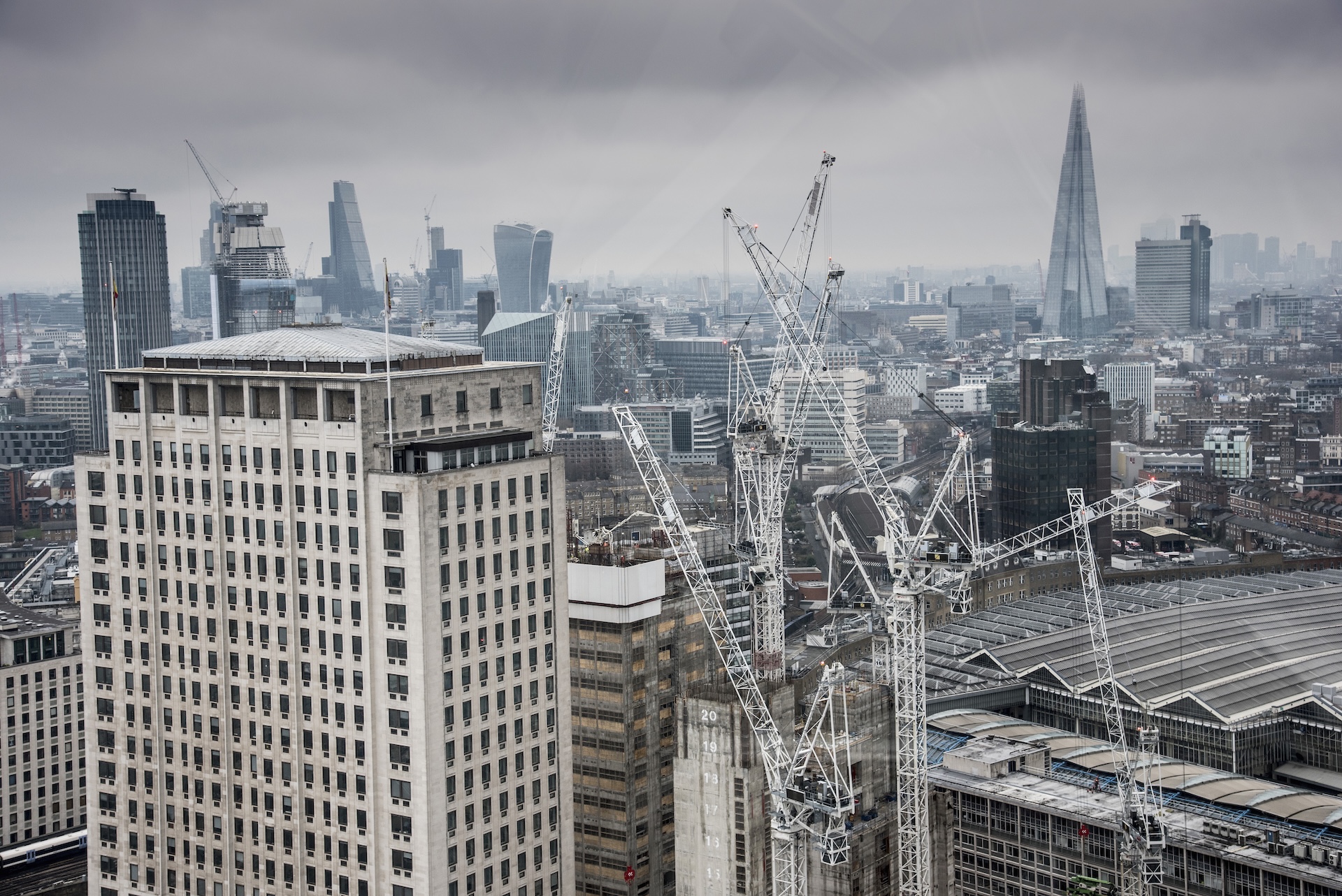In the world of construction, concrete mix design is often considered the art and science behind creating durable, high-quality concrete. Getting the right mix isn’t just about choosing materials; it’s about creating a formula that meets the specific demands of a project while ensuring long-term strength, durability, and cost-effectiveness. In this blog, we’ll explore the essentials of concrete mix design in the UK discuss the challenges contractors face in achieving the perfect mix, and see how technology is making it easier to optimise concrete mix design for any project.
Explore 12 Futuristic Technology Trends Solving Concrete's Biggest Challenges.
What Is the Concrete Mix Design?
Concrete mix design is the process of selecting and combining different materials—cement, water, aggregates, and admixtures—to create concrete that meets a project’s requirements. The aim is to create a mixture with the right balance of strength, workability, durability, and economy.
In the UK, as in most regions, construction standards and codes (like the BS 8500-2) provide guidelines to ensure mixes meet minimum requirements for compressive strength, slump, and durability. However, every project has unique challenges, and achieving the optimal mix often requires careful adjustments.
Interested in reading more about ensuring concrete strength and durability in the UK? Click here.
Key Elements of Concrete Mix Design
Creating the right concrete mix is a balance between several key factors:
- Strength
The compressive strength of concrete is one of the most critical factors in mix design, determining the load-bearing capacity of the finished structure. Higher strength often requires more cement, but this can also lead to shrinkage and cracking if not balanced correctly.
- Workability
Workability affects how easily concrete can be mixed, placed, and finished. A highly workable mix is ideal for jobs requiring pumping or intricate forming, while stiffer mixes work well for structures where form retention is key. However, too much workability can lead to the segregation of materials, weakening the mix.
- Durability
Durability is particularly important in the UK, where concrete is often exposed to harsh weather, freezing and thawing cycles, or even chemical exposure. The right mix design must take these environmental factors into account to ensure the concrete can withstand the elements over time.
- Cost-Effectiveness
Concrete mix design can significantly impact the overall project budget. While adding more cement can increase strength, it also increases costs. The goal is to achieve a cost-effective design that doesn’t sacrifice quality.
- Sustainability
As the UK construction industry moves towards more sustainable practices, many projects now incorporate eco-friendly materials, like recycled aggregates or supplementary cementitious materials (SCMs). A good mix design considers both performance and environmental impact.
The Challenges of Achieving the Right Mix
Concrete mix design may seem straightforward, but several challenges can complicate the process:
- Material Variability
No two batches of aggregate are exactly the same, and even cement from different suppliers can have slight variations. These differences can affect the final properties of the concrete, requiring constant adjustments to maintain consistency.
- Weather Conditions
In the UK, weather can be highly variable. Cold weather, for instance, can slow down curing, while hot weather may lead to rapid drying and cracking. Mixes need to be adjusted to account for these conditions, which can be challenging without real-time data on curing conditions.
- Project-Specific Requirements
Every project has unique needs, whether it’s a high-rise building with demanding load requirements or a bridge exposed to saltwater. Tailoring a mix to meet these requirements while maintaining cost-effectiveness requires expertise and often involves a lot of trial and error.
- Waste Reduction
Creating the optimal concrete mix can be a process of refinement, but each iteration creates waste, impacting both the project budget and the environment. Reducing waste is a growing priority in construction, pushing contractors to find methods that are both accurate and sustainable.
How Technology Is Transforming Concrete Mix Design in the UK
Fortunately, advancements in technology are making it easier for contractors and engineers to optimise concrete mix design, reduce waste, and improve consistency.
Here’s how digital solutions are changing the game for mix design:
- Real-Time Monitoring and Adjustments
With the use of wireless sensors, contractors can now monitor curing conditions in real time, allowing for instant adjustments to mix designs as needed. For example, if unexpected rain or cold temperatures affect curing times, contractors can tweak mixes for better performance under those specific conditions.
- AI-Powered Optimisation
Artificial intelligence (AI) is revolutionising concrete mix design by providing data-driven recommendations. With AI, contractors can input their requirements—like strength, workability, and durability—and receive a mix design that meets these needs precisely. AI can even analyse previous projects to suggest improvements based on past results.
- Automated Mix Design Tools
Many digital tools are now available to simplify the mix design process, eliminating much of the guesswork. These platforms use standardised formulas and data analytics to provide contractors with accurate, customised mix designs, reducing both time and material waste.
- Sustainable Mix Design Options
Sustainability is becoming increasingly important in the UK construction industry. With modern tools, contractors can explore alternative materials (like SCMs or recycled aggregates) without compromising on quality. These tools can evaluate the environmental impact of different materials, allowing for more eco-friendly choices in the mix design process.
Case Study: Using Technology to Achieve the Perfect Mix
Imagine you’re working on a project for a new residential development in central London. The project requires a highly durable mix that can withstand wet conditions and heavy use, but budget constraints mean you need a cost-effective solution.
With traditional mix design methods, you might spend days testing different ratios of cement and aggregates to achieve the perfect balance. However, by using AI-powered mix design software, you can input your requirements and receive a customised mix design almost instantly. Additionally, with real-time monitoring sensors, you can adjust the mix if weather conditions change unexpectedly, ensuring your concrete meets strength and durability standards without exceeding the budget.
Why UK Contractors Should Embrace Modern Mix Design Solutions
Concrete mix design is a foundational element of any successful construction project, but the traditional approach can be time-consuming, costly, and often results in waste. By adopting modern digital tools, UK contractors and engineers can ensure their concrete is optimised for performance, sustainability, and cost-efficiency—saving time and resources in the process.
With real-time data, AI-driven recommendations, and automated solutions, you can streamline the mix design process, reduce waste, and deliver high-quality results every time. In an industry where efficiency and precision are crucial, these tools provide an invaluable advantage for contractors looking to stay competitive.
Conclusion
Concrete mix design is no small task—it’s a complex balancing act that requires careful consideration of strength, workability, durability, and cost. As the construction industry evolves, so too must our approach to mix design. Modern technology is transforming this process, making it easier to create high-performance concrete mixes that meet project demands and environmental standards.
By embracing these advancements, contractors and engineers can optimise mix designs faster and more effectively than ever before, ensuring that their concrete is fit for purpose and built to last. The future of concrete mix design is here—so why rely on outdated methods when you can use cutting-edge solutions to get the perfect mix?
